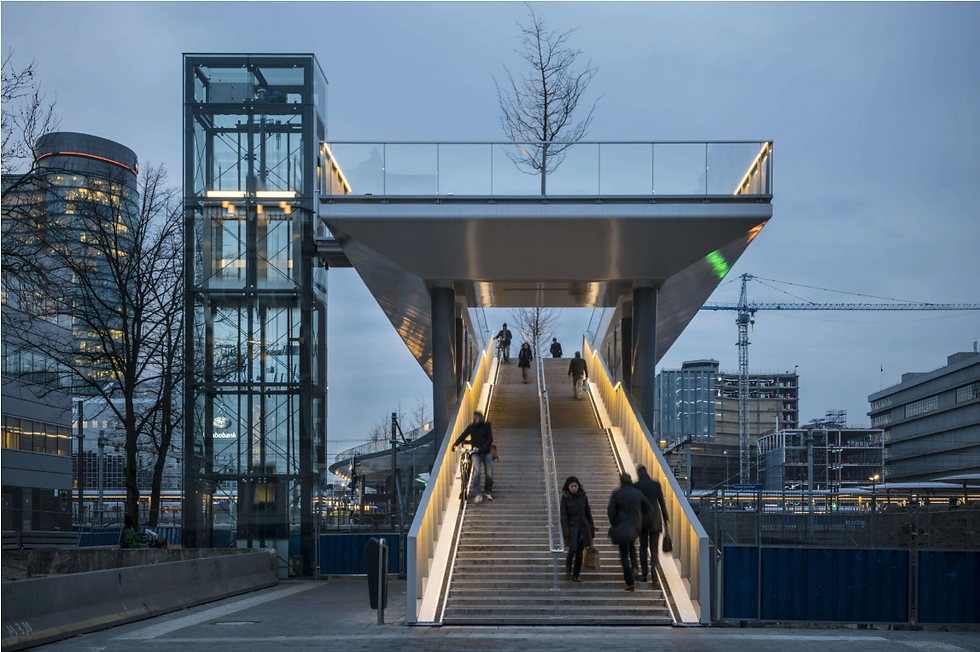Invisible pressure: the stuffed subsurface
- TOPOS

- Sep 12, 2023
- 3 min read
Updated: Oct 2, 2023

Column by Pim Buijs
There are a lot of crises currently in the Netherlands: the housing crisis, the nitrogen crisis en refugee crisis are all crises where the available space is the limiting factor. Aside from that there are transition challenges such as climate adaptation, the energy transition and social transitions such as a healthy lifestyle that are demanding space. Not only do we have a lack of available physical space in the Netherlands, societal values and national laws are limiting this space even further. To make it even more complicated, there is a (literal) blind spot in the available space we see: the subsurface.
Changes in our living environment can be seen on the surface: this is where we live, work and enjoy our free time. What we are quick to forget is that land use on the surface is tied to land use in the subsurface: no houses without a foundation, no electricity without cables, no toilet without a sewer and without a well-functioning water and soil system no food, drinking water or vegetation. Aside from that, the subsurface can be used to make space on the surface; think of underground parking lots or thrash containers.
Not too long ago, space in the subsurface was not a limiting factor. Infrastructure and others land uses were put in the subsurface without too much trouble. But just as the available space on the surface is limited, and land use on the surface is tied to the subsurface, available space in the subsurface is also becoming increasingly scarce. We see larger and more complex issues in the subsurface more often, that are becoming more and more expensive to solve. This means that available space in the subsurface is becoming a larger limiting in the spatial domain.
Available space in the subsurface is no longer self-evident; even our drinking water supply is experiencing threats. The difficult thing about the limited available space in the subsurface is that it is a blind spot for many people: citizens, politicians and even professionals. We cannot see what is happening in the subsurface and how this is connected to the surface. In other words: out of sight, out of mind.

Figure 1: Different soil qualities
Fortunately, the awareness of the limited space in the subsurface is increasing: the national government is emphasizing the importance of the subsurface in national spatial policy. They have even published a policy letter wherein they state that the natural water and soil system should determine land use, not the other way around. Also, municipalities are starting to write visions and other policy documents for the subsurface more often. In short, people are becoming more and more aware of the pressure the available space of the subsurface is putting on our living environment.
But still, I have noticed myself that there is a lot of missionary work that has to be done before the subsurface gets its rightful place on the spatial agenda. It is invisible terrain and there are also a lot of other issues in the living environment. Even though I am not an expert on the subsurface, in my first 6 months as a professional I have realized how important it is. By writing this column I am doing the missionary work the subsurface requires in my own way. That is why I ask you, the reader, to do the following during your projects, research or other work you are doing in the living environment:
Reflect on how important the subsurface is for our daily lives;
Ask yourself what the effect of your work is on the subsurface;
Talk to a co-worker that knows a lot about the subsurface;
And if you have realized how important the subsurface is: spread the word, the subsurface must be heard!







Comments